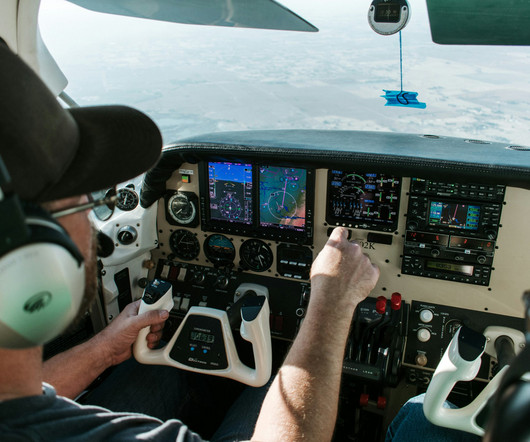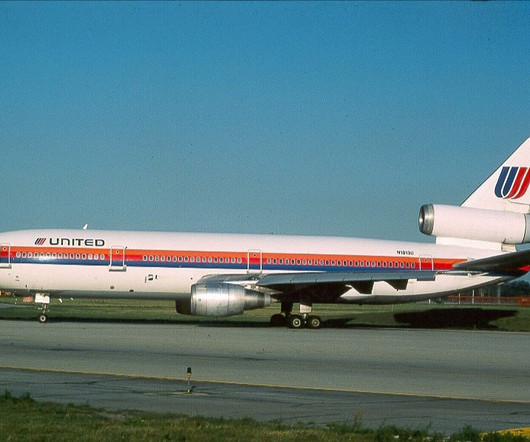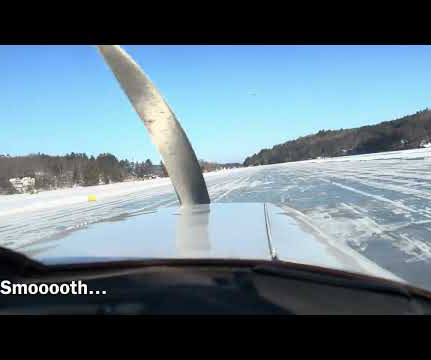Top 10 Mistakes Student Pilots Make (And How to Avoid Them)
Inflight Pilot Training
MARCH 13, 2025
Poor Radio Communication Skills The Mistake: Many student pilots struggle with radio communication, which can lead to misunderstandings with air traffic control (ATC) and other pilots. Forgetting to apply rudder and aileron corrections simultaneously. Feeling overwhelmed during short final and flare.











Let's personalize your content